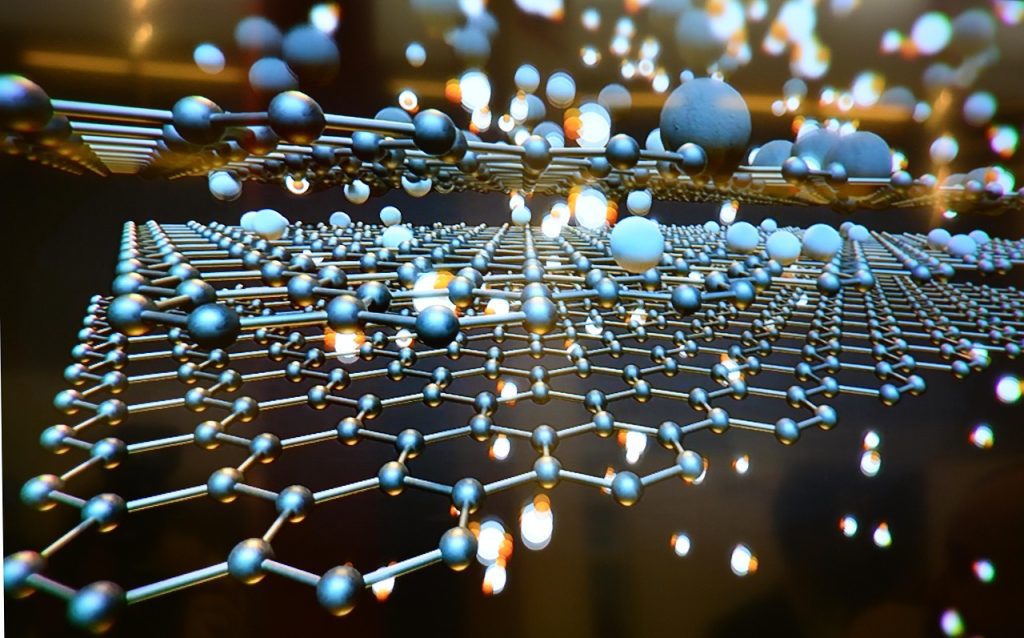Let me ask you this: When you think about saving the planet, what comes to mind? Giant wind turbines? Massive solar farms? Maybe electric cars?
Those are all great, but what if I told you some of the biggest game-changers are actually… tiny?
Yep, tiny tech is here and it’s quietly transforming everything. From micro-sensors in farms to nano-devices cleaning our oceans, small innovations are making a huge difference.
We’re talking about things so small you can barely see them but they’re helping us fight pollution, save water, grow food, and clean up our mess.
It’s happening now. And in this article, we’re breaking it down with fast facts, clear examples, and zero fluff.
Tiny Tech and Agriculture
1. Smart Soil Sensors:
Imagine being able to know exactly when your crops need water. Smart soil sensors, often no bigger than your thumb, can measure soil moisture, temperature, and even nutrient levels.
This allows farmers to water only when needed, saving up to 40% of water.
That’s not just good for the planet, it’s smart economics.
For instance: CropX is a company using tiny tech to help farmers optimize irrigation.
It reduces water waste, improves yields, and cuts down on unnecessary use of fertilizers.
2. Mini Drones & Imaging Tech:
Some drones today are small enough to fit in a backpack but powerful enough to scan entire fields.
With high-resolution imaging and AI, these mini machines can detect plant diseases, spot pest outbreaks, and track crop growth.
All this helps farmers act early, before problems spread.
3. Nano-Pesticides:
Traditional pesticides often harm more than they help. But nano-pesticides are different.
These tiny particles can deliver targeted doses, reducing chemical waste and environmental damage.
Quick Facts:
|
Tiny Tech vs Energy & Climate
1. Micro Solar Panels:
You don’t always need giant solar panels to go green.
Micro solar panels, like those on solar lanterns or small rooftop units, are powering off-grid villages, streetlights, and even small appliances.
In places with no grid, this tiny tech brings energy independence.
For instance: Little Sun makes solar-powered lamps that have changed lives in over 10 African countries.
2. Wearables Tracking Carbon Footprint:
Fitness trackers are old news. Now, wearables can measure your carbon footprint based on your travel, diet, and daily habits.
These bite-sized devices help people understand their environmental impact and take action.
3. Pocket-Sized Air Quality Sensors:
If you want to know the air quality in your neighborhood right now, mini air quality sensors can do just that.
Some are small enough to clip on your bag or sit on a windowsill.
They track pollution levels in real time and help communities push for change.
For instance: PurpleAir sells affordable air sensors used in homes and schools around the world.
Quick Facts:
|
Tiny Tech and Waste Management
1. Nanobots That Eat Plastic:
Sounds pretty wild, but researchers are working on nanobots that can break down plastic molecules.
These bots are still in development but could one day live in landfills or oceans, digesting waste at the microscopic level.
2. Smart Bins with Sensors:
Forget overflowing trash cans. Smart bins use tiny sensors to monitor waste levels and alert when they need emptying.
This makes waste collection way more efficient, cuts down on fuel use and prevents litter.
For instance: Bigbelly bins are used in cities like New York and London to manage public waste better.
Quick Facts:
|
Health and Environmental Monitoring with Tiny Tech
1. Water Contamination Sensors:
Tiny water sensors can now detect heavy metals, bacteria, or other contaminants in seconds.
They’re used in rivers, lakes, and even household taps to ensure clean water. And they’re cheap enough for remote communities.
For instance: Water Canary has developed small devices that can scan water sources instantly.
2. Ingestible Micro-Tech:
Doctors are using tiny pill-sized cameras and sensors to diagnose internal issues without surgery.
These tools reduce waste from invasive procedures and are less resource-intensive.
3. Biosensors for Wildlife:
Tiny tracking sensors help scientists monitor endangered species without harming them.
From sea turtles to snow leopards, this tech gives us real-time data on animal movement, health, and habitats.
For instance: Projects by WWF use biosensors for conservation.
Quick Facts:
|
In Conclusion
Tiny tech is a real, working solution to some of the world’s biggest environmental problems.
Be it through smart soil sensors that save water, mini air quality sensors that track pollution, or nanobots that may one day break down plastic waste, these small innovations are already changing the world.
And the best part is that you don’t need to be a scientist to benefit from it. These tools are becoming more affordable, more available, and more powerful every year.
